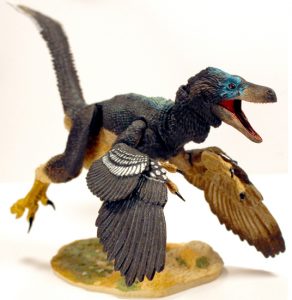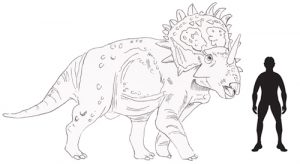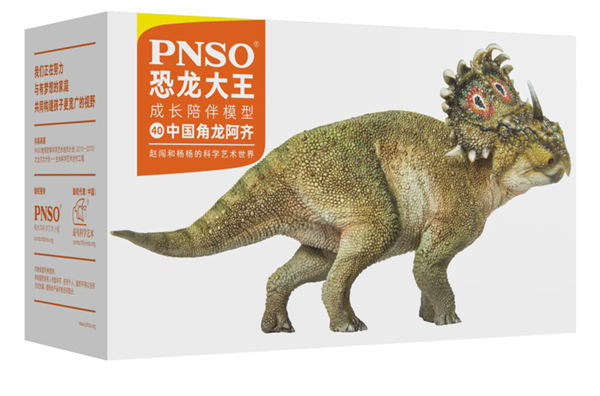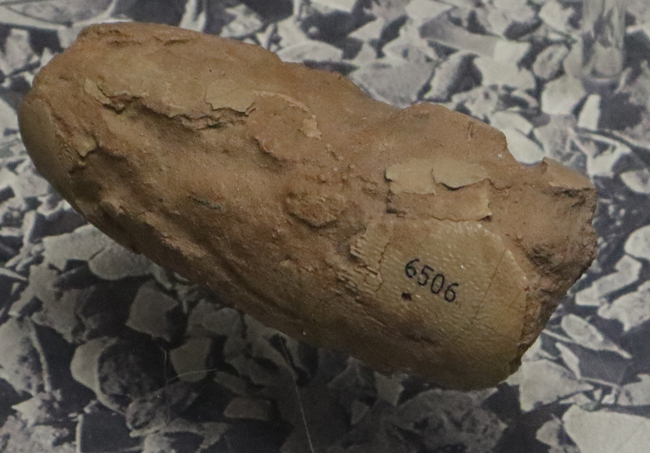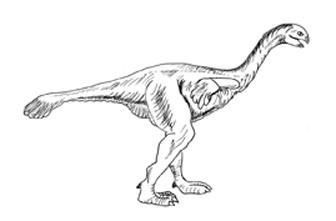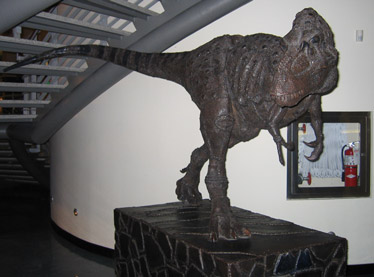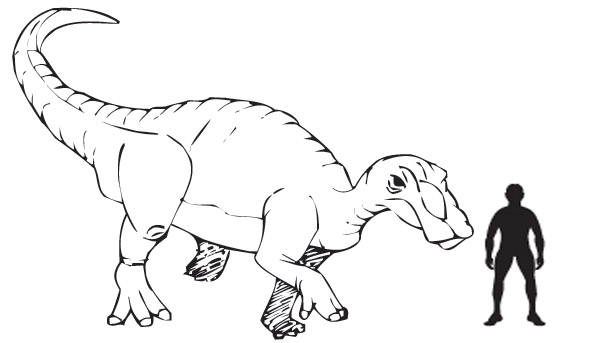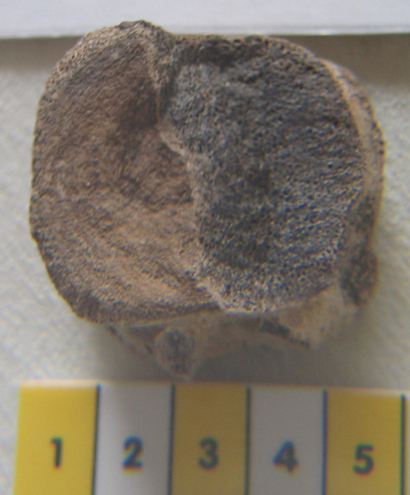“Stocky Dragon” A Heavyweight version of Velociraptor from Romania
Balaur bondoc – “Stocky Dragon” with “Double” Killing Claws
Adorning the front cover of the scientific journal “The Proceedings of the National Academy of Sciences” is Balaur bondoc – a new species of predatory dinosaur from the Late Cretaceous – think Velociraptor but with two killing claws on each hind limb. This beefy dinosaur, estimated at something a little larger than your average Christmas turkey, represents a new type of Theropod, and one of the best preserved from Late Cretaceous Europe.
Fossils from Romania
The partial remains were found in Romania. Although far from complete; consisting of dorsal vertebrae and some elements of the ribs, sacral vertebrae and parts of the pelvis and importantly an almost complete left leg (lower portions), fragments of the right leg plus the arms and parts of the hands, scientists are claiming that this is the most complete theropod skeleton found in Upper Cretaceous European strata to date.
A Replica of the Newly Described Balaur bondoc
The picture shows an articulated dinosaur model from the highly successful Beasts of the Mesozoic range of “raptors”: Beasts of the Mesozoic Models.
In a joint study carried out by palaeontologists from the University of Bucharest (Romania) and the American Museum of Natural History (New York), this new dromaeosaur gives an insight into how animals living on the archipelago of what was Late Cretaceous Europe differed from their mainland counterparts.
A number of amazing discoveries have been found recently in Romania, including evidence of dwarf versions of titanosaurs and ornithopods, in a part of the Cretaceous landscape known as “Hateg fauna”. Many of these dinosaurs, animals living on relatively small islands with limited food resources did become much smaller in size over subsequent generations when compared to their mainland cousins.
To read more about the Late Cretaceous fauna of Europe: Dwarf dinosaurs on “Dinosaur Island”.
Finding evidence of theropods in this Late Cretaceous environment is especially exciting for the researchers, such finds are extremely rare. Indeed, there is a paucity of theropod specimens from Europe, with many genera such as Eotyrannus and Neovenator being known from just a single specimen.
Commenting on the new European dromaeosaur, Mark Norrell, an author of the research paper and the chair of the palaeontology department at the American Museum of Natural History stated:
“We’ve all been waiting for something like this, and the wait has yielded an interesting surprise.”
Although the fossils were first unearthed nearly ten years ago, by another co-author of the study, geologist Mátyás Vremir of the Transylvanian Museum Society, it has taken a number of years to complete the analysis, as although, this dinosaur has been classified as a dromaeosaur, it has a number of very primitive traits. The lack of any skull material prevents the scientists from making too many suggestions as to this animal’s diet and hunting behaviour, but from the size of the claws on the front and hind feet it was most definitely a predator.
Balaur bondoc
The new dinosaur has been named Balaur bondoc. The name means “stocky dragon” in ancient Romanian, an apt name as the stocky limbs and fused bones suggest that this animal was more robust than the graceful, almost delicate Velociraptors and other small dromaeosaurs. It may well have been feathered, an aid to insulation as heat loss from the body of an active, small dinosaur could have been a major problem.
It may have been related to Velociraptor, and it was approximately the same size at around 150-200 cm in length, but it did have many notable differences.
Stephen Brusatte, a graduate student at Columbia University and an authority on theropods commentated:
“Balaur is a new breed of predatory dinosaur. Its anatomy shows that it probably hunted in a different way than its less stocky relatives. Compared to Velociraptor, Balaur was probably more of a kick-boxer than a sprinter, and it might have been able to take down larger animals than itself, as many carnivores do today.”
Zoltán Csiki (University of Bucharest), stated that this new species, was unlike other meat-eating dinosaurs from the Late Cretaceous, although a dromaeosaur, it possessed more primitive features than other dromaeosaurs, so placing it in the dinosaur family tree was problematical. Many European Late Cretaceous dinosaur faunas were peculiar to a particular region and on the ancient archipelagos that made up the landscape of that part of Europe that remained above sea level, it is likely that individual islands had their own distinct and unique flora and fauna, just like the Galapagos islands today.
B. bondoc has twenty unique features when compared to its nearest relatives, including a re-evolved functional big toe with a large claw that can be hyper-extended, presumably to slash prey. This feature, when combined with the large claw on the second toe that is typical of Balaur’s relatives such as Velociraptor makes the new species double-clawed. How the claws were used to attack prey is unknown, the lack of skull material is a serious obstacle to further research in this area but an analysis of the partial pelvis indicates that B. bondoc had very strong, powerful legs. Finally, its hand is atrophied and some of the bones are fused, features that would have made grasping difficult, perhaps this dinosaur lunged at prey with its head, whilst other “raptors” used their agility and grasping hands to capture small animals.
Photographs show the lower left leg of B. bondoc the articulated first and second toes seem to be hyper-extended leading to the conclusion that this particular fearsome predator may have been able to articulate these claws and use them to attack other dinosaurs.
To view the killing claw of a Velociraptor and other dinosaur items: Visit Everything Dinosaur’s Website.


